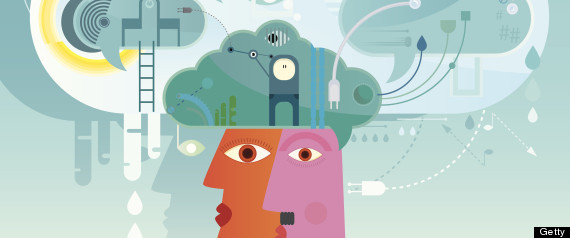
We spend nearly a third of our lives sleeping, yet the reasons why we need sleep are still poorly understood. What we do know that the brain is highly active during sleep. According to a popular current theory, the resting brain is nearly as busy as the waking brain because during sleep, neural circuits replay memories in order to aid learning by strengthening the circuits. But researchers are now presenting a very different explanation for this activity.
"Every night, while we lie asleep, blind, dumb and almost paralyzed, our brains are hard at work. Neurons in the sleeping brain fire nearly as often as they do in a waking state, and they consume almost as much energy," researchers Giulio Tononi and Chiara Cirelli of the University of Wisconsin–Madison write in a new Scientific American feature[1] . "What is the point of this unceasing activity at a time when we are supposedly resting? Why does the conscious mind disconnect so completely from the external environment while the brain keeps nattering on?"
The answer they propose in a new hypothesis is, essentially, that the brain's activity during sleep weakens the brain's neural connections, rather than strengthening them, as has generally been thought. Their reasoning is that strengthening the neural connections would saturate the brain's circuitry, consuming so much energy that the brain would struggle to encode new information. The purpose of sleep, they argue, is to bring brain cells back down to their baseline.
Check out the video below to see Tononi discuss his research in a talk presented at an Allen Institute for Brain Science symposium[2] , and click here for more of the latest sleep research[3] .
Also on HuffPost:
References
- ^ researchers Giulio Tononi and Chiara Cirelli of the University of Wisconsin–Madison write in a new Scientific American feature (www.scientificamerican.com)
- ^ talk presented at an Allen Institute for Brain Science symposium (www.youtube.com)
- ^ click here for more of the latest sleep research (www.huffingtonpost.com)
- ^ Send us a tip (www.huffingtonpost.com)
- ^ Send us a photo or video (www.huffingtonpost.com)
- ^ Suggest a correction (www.huffingtonpost.com)

0 comments:
Post a Comment